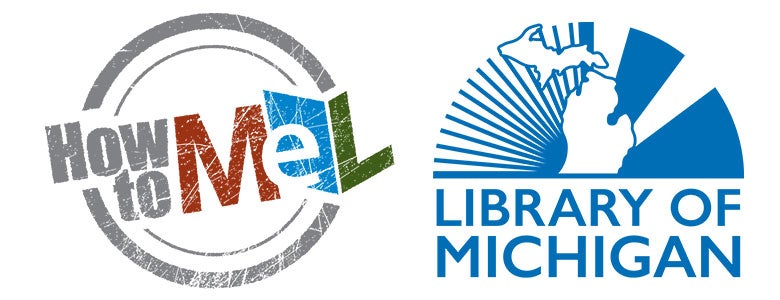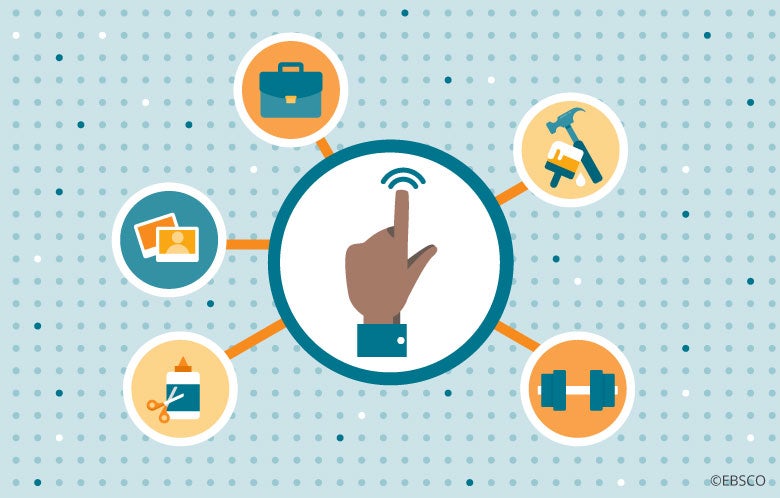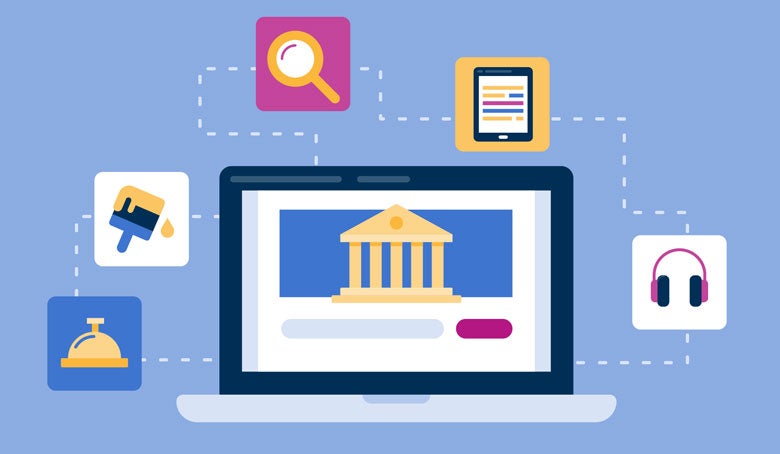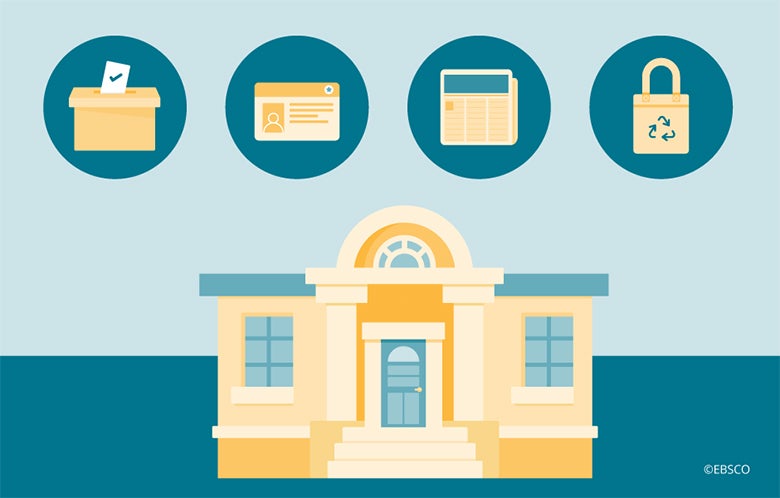Our approach to connecting library staff with the eResources available in the Michigan eLibrary (MeL) began more than 20 years ago with traditional training, mostly in-person, and limited support available online. Instruction focused on teaching functionality, such as how to construct effective searches, as well as types of content found in each database. This improved awareness of available eResources, eased barriers to use but did not result in a tremendous increase.
In the last year, we’ve shifted our approach by refocusing our questions. What are the needs and pain points of the library community? What keeps them up at night? As we considered the answers, it became clear that we had been so focused on eResource training that we didn’t fully address our library community’s needs. After many library staff conversations, we realized that when it comes right down to it, library staff want to support their community in whatever way is most impactful. And they do this important work in the face of many different demands. This is not a new, ground-breaking insight, but it is a reality that we did not fully consider in our previous approaches.

Library support of a community can be realized in many ways, and one of those ways is through library programming. From storytime to starting your own garden and everything in between, library programs support many types of literacy, foster a greater sense of community, and promote lifelong learning. Our shift in thinking led us to use content marketing strategies to revamp our approach, and our new MeL Connections for Youth Programming and MeL Connections for Adult Programming guides are among the outcomes. These guides illustrate the connections between library programming ideas and MeL eResource content.
Many paraprofessionals have a gap in knowledge about MeL eResources — why they’re important, how to work with them, and how they can talk to their patrons about them. Paraprofessionals who don’t regularly use the eResources miss the practical application piece. To better support them, we teased out content to create connections that will cement these ideas, while also giving them a guide for what to say when they are talking with their patrons. Including talking points at the front of these guides addresses this. Our areas of focus for the talking points include cultivating good information literacy habits, understanding the differences between using an eResource and a search engine, and supporting a general overall awareness of eResource features.
We have three goals for these programming guides:
- Respond to library staff needs for programming support by providing eResource connections to library programming.
- Close the eResources knowledge gap for paraprofessionals.
- Offer a model that can be replicated any time library staff want to explore eResources for program support.
Looking for connections for all types of library programming, the MeL Team mined its subscription eResources and found inspiration everywhere! The youth guide includes two virtual program suggestions, four storytime connections, two STEAM program ideas, a summer reading connection, and after-school/weekend programming ideas. The adult guide includes programming connections for workforce development, literacy for struggling readers, health, genealogy, do-it-yourself projects, crafts, book clubs and small business ideas. While several ideas were developed for in-person programming, they all can be converted to work in online programming environments.
Understanding the needs and concerns of your audience is vital to providing content that will really help them, and an intentional content marketing effort will increase engagement with your patrons and community.
Understanding the needs and concerns of your audience is vital to providing content that will really help them, and an intentional content marketing effort will increase engagement with your patrons and community.
Here are two examples of how we made connections between eResource content and library programming.
1. For kids’ craft programs, EBSCO’s Hobbies & Crafts Reference Center offers many possibilities for in-person or online programming. We were inspired to develop the following ideas:
- Use the Kids’ Crafts collection to host a weekly kids’ craft program.
- While celebrating different cultures, tie in heritage crafts such as African American quilt patterns that directed slaves along the underground railroad.
- Host a basic knitting workshop such as “How to Make a Scarf” before the winter holidays. Choose from thousands of knitting patterns and include video clips to teach the basics of knitting.
2. Family history research is a popular activity for adults and offers many programming opportunities. The content in MyHeritage Library Edition offers several possibilities for either in-person or online programming.
- Host a Veterans Day program for a local history society and include information about how to access military records in MyHeritage.
- Host a family night where grandparents and grandchildren can use simple family tree templates from MyHeritage.
- Host a Cultural Diversity Day where patrons can dress in their native clothing, bring in foods specific to their origins, and share family photos. Show how MyHeritage can be used to support genealogy research.
At the back of each guide is a “How to MeL” template library staff can use to plan their own program ideas. A bonus is that this template can also support training new paraprofessionals. Simply set new staff up with the template, pick an eResource to explore, and schedule time to learn. See what treasures they uncover while they learn about the eResource!
It’s early in our launch of these MeL Connections for Youth and Adult Programming guides, but the feedback has been positive so far. We’re hearing comments such as “MeL’s e-books have become integral to my storytime programs.” This speaks to the power of content marketing. If you haven’t dipped your toe in the water yet, give it a try. Understanding the needs and concerns of your audience is vital to providing content that will really help them, and an intentional content marketing effort will increase engagement with your patrons and community.


